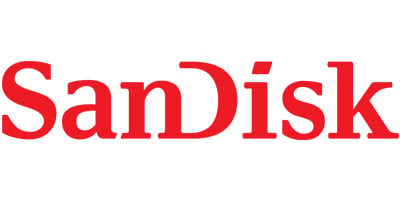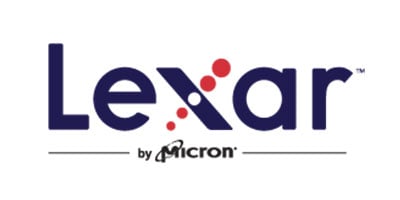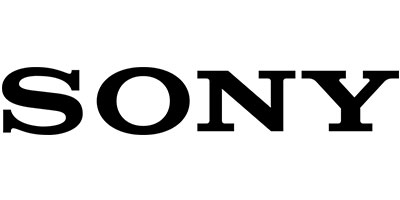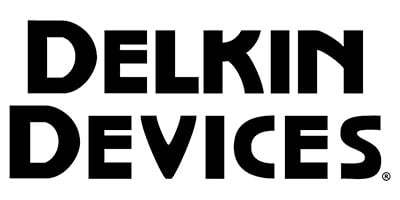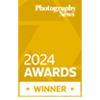Memory card readers are used to quickly and efficiently offload the contents of your memory cards. With high-speed USB connections, memory card readers can transfer large files to your computer and hard drives with ease, making them perfect for videographers and photographers, who typically deal with large volumes of data. Whether you’re a professional videographer with a fast-paced workflow, or an amateur photographer who captures a lot of images, memory card readers are hugely useful.
Compare items Select up to 4 products to compare
{{item.ProductName | limitTo: 50}}
{{item.CulturedPriceValue}}Please select at least two products to compare
Compare items Remove AllMemory Card Readers
There are of course ways to read your memory card without a card reader – you can plug your camera (with the card inserted) directly into your computer, or connect to it via Wi-Fi. Some computers also come with memory card slots built in. However, memory card readers for photographers are often designed to support faster transfers, with the latest high-speed USB interfaces. This makes them a much more efficient way to move files.
You’ll need to get a card reader that corresponds to the type of memory card you are using. This will likely be SD – however, if you are using the faster UHS-II SD standard, it’s worth getting a card reader that supports it, as this will greatly speed up your file transfers. If you are using a faster card format like CFexpress or XQD, then you’ll need a card reader with a corresponding slot. Some card readers offer multiple different types of slots, including microSD – which is useful if you want to transfer data from the card installed in your phone, which will be a microSD.
Types of memory card reader
SD/SDHC/SDXC
This is by far the most broadly compatible of card formats – the majority of digital cameras will offer SD card compatibility in at least one slot. While SD cards do come in different speed classes, referred to as UHS-I and UHS-II, the format is designed to be backwards compatible, so a reader that recognises one should recognise the other.
As SD is such a common format, many readers that specifically read a particular card type will also provide a slot for SD. The Sandisk Professional PRO-READER Multi Card is a fast SD card reader that also supports microSD and Compact Flash (more on which below).
microSD
A smaller format than SD, microSD cards are generally used in smartphones, tablets and action cameras. The smaller size of microSD means that you can get away with a smaller reader, such as the Lexar Multi-Card 2-in-1 USB 3.1 Reader, which plugs easily into a computer or hard drive via USB port.
CFexpress
CFexpress memory cards are the current professional standards, used in cutting-edge cameras like the Canon EOS R3 and Sony A1 for shooting ultra-high resolution video and full-res stills at fast burst speeds. Be aware that CFexpress comes in two types – Type A and Type B – and these are actually physically different, so you need the right reader. The Sony Cfexpress Type A reader and Lexar USB Pro 3.1 CFexpress Type B Card Reader are good choices.
XQD
A faster format than SD, XQD was the standard originally used on Nikon Z mirrorless cameras, though it has since been superseded by CFexpress on newer cameras as CFexpress has a higher theoretical upper speed limit. A well cared-for XQD card can last many years, so if you’re already using XQD there’s no reason to replace it. A good XQD reader is the DD XQD USB 3.0 Card Reader.
Compact Flash
For many years, Compact Flash (or CF) was the standard high-speed, high-capacity format used in professional and enthusiast DSLRs. It was somewhat superseded once UHS SD cards started arriving on the scene, but is still used in some contemporary cameras like the Canon EOS 5D Mark IV. Many SD readers also offer a CF card slot, such as the Delkin BLACK Rugged Multi-Slot Card Reader USB 3.0 .
CFast
A successor format to Compact Flash, CFast slots can be found on a number of DSLRs and cine cameras. The Sandisk Professional PRO-READER CFast is a good reader for offloading large amounts of content from CFast cards.
Memory card reader brands
Many of the main brands of memory card reader are the same brands that make the memory cards themselves. Here are the main players in the market right now.
Just as in memory cards, SanDisk’s Extreme Pro readers are designed to meet the demands of busy professional photographers and videographers.
Lexar specialises in multi-card readers that can handle multiple types of card simultaneously. Reliable and boasting fast transfer speeds, these readers are great for intense workflows.
Sony has been one of the key drivers of memory card technology, and its readers are some of the best in class as well.
Delkin’s multi-slot readers are designed to be rugged and hard-wearing, and facilitate fast transfers of high volumes of data, such as 4K video.
Trade In
Service
Looking to trade in your equipment?
Get an instant quote & check eligibility for trade in bonuses »
Looking to trade in your equipment?
Get an instant quote & check eligibility for trade in bonuses »
Trade In
Service
Looking to trade in your equipment?
Get an instant online quote & check eligibility for trade in bonuses »
Frequently Asked Questions
- What is USB 3.2 Gen 2?
-
If you’ve been browsing memory card readers, you may have seen reference to different generations of USB 3.0, as well as USB 3.1 and 3.2, all of which can be a bit confusing. Effectively, all this refers to are successive improvements to the USB 3 standard. A device that uses USB 3.1 Gen 1, for instance, will transfer data more quickly than a device using USB 3.0, and much more quickly than an older USB 2.0 device. Some gens support USB-C interface, while others use the older USB-A. You don’t need to worry about it too much – as long as you get a cable that physically fits, you’ll be able to transfer data.
- What exactly do memory card readers do?
-
Memory card readers come in all sorts of different configurations, but in practice they are very simple. They are essentially a conduit, with a card slot on one side and a USB cable on the other, allowing you to transfer data from a card to another device like a computer or a hard drive.
- Can memory card readers also write data?
-
Generally yes. This varies reader by reader, but most memory card readers have write capabilities as well as read, meaning they can be used to transfer data from computers or memory sticks onto a card if needed.
- Are card readers universal?
-
No – while many card readers have multiple slots for different card types, you need to make sure you have the correct type for the card you’re using. Our guide above should be of help there.
Pre-Loved
Range
Looking to save on your equipment?
Explore our range of second-hand, used, and open-box computing items »
Looking to save on your equipment?
Explore our range of used and open-box computing items »
Pre-Loved
Range
Looking to save on your equipment?
Explore our range of used and open-box computing items »
